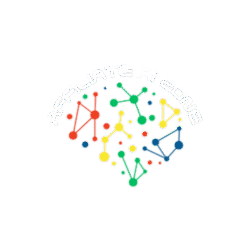In a major development at the intersection of artificial intelligence and cybersecurity, Google’s AI-driven tool, “Big Sleep,” has detected 20 significant security vulnerabilities in widely used open-source software. This breakthrough highlights the growing potential of AI to identify and neutralize software threats before they can be exploited.
What Did Big Sleep Discover?
The AI identified vulnerabilities across multiple popular open-source projects. According to Google, some of the flaws could have been exploited to execute remote code or bypass user authentication—issues that could put millions of users at risk if left unaddressed.
These findings have already been submitted to the developers maintaining the affected projects. Patches are reportedly in the works, with some already released to the public.
The Business Impact
For tech companies, especially startups and small businesses relying on open-source solutions, this development is a wake-up call. Security should no longer be reactive but proactive—and AI is proving to be a valuable asset in this mission.
With the rise of AI-driven development tools, organizations now have access to preventive cybersecurity, rather than merely responding to breaches after they occur. Big Sleep’s success proves that integrating AI into development pipelines could soon become standard practice across industries.
AI in Cybersecurity: A Growing Trend
Google’s initiative is part of a broader trend in the cybersecurity industry: leveraging artificial intelligence to scale threat detection. From phishing attacks to malware detection, AI models are learning patterns faster and more effectively than ever before.
This also raises questions about how businesses can incorporate AI tools like Big Sleep into their own systems or benefit from such initiatives indirectly. Companies are urged to keep software updated, monitor security bulletins, and contribute to open-source security efforts wherever possible.
Conclusion
Google’s Big Sleep project is a powerful example of how AI can protect the global software infrastructure. As the digital world becomes more complex, proactive security solutions like these will be key in safeguarding both businesses and consumers.




